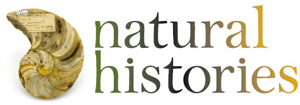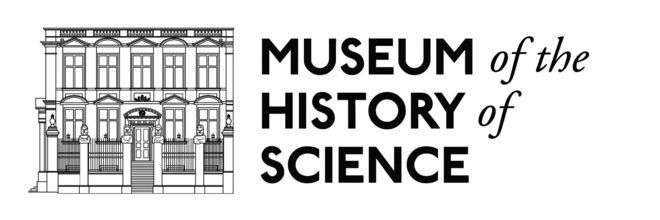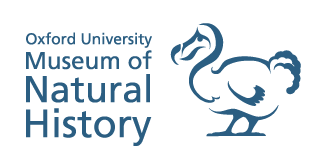Natural Histories
At Banbury Museum: 30 November 2013 - 22 February 2014
The Natural Histories exhibition is showing at Banbury Museum from 30 November 2013 to 22 February 2014 and admission is free.
Museum of the History of Science
14 May 2013 - 29 September 2013
Natural history - the study of the Earth and its life - has its own long and inexhaustibly rich history. It is full of colourful characters, big ideas, ingenious techniques and delightful representations of nature. This exhibition picks out a few interwoven themes and ideas that have shaped our understanding and relationship with the natural world.
The exhibition is a collaboration with the Oxford University Museum of Natural History, which is closed during 2013 for essential roof repairs. The display of its specimens in the Museum of the History of Science building in Broad Street represents a return of natural history to its original Oxford home. When this building opened in 1683 as the Ashmolean Museum it housed 'natural and artificial rarities', and the natural historical collections remained here until the 19th century.
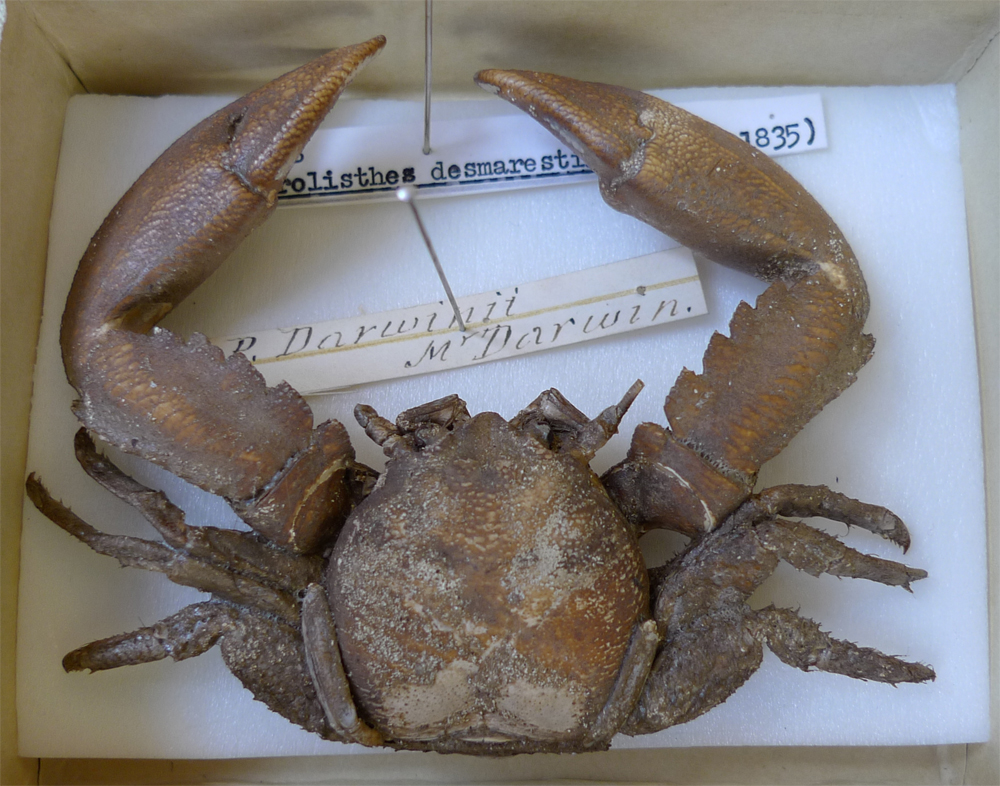 A crab (Petrolisthes desmarestii) collected by Charles Darwin
A crab (Petrolisthes desmarestii) collected by Charles DarwinThe original Ashmolean Museum is thought to be the first purpose-built museum in the world. But unlike the current Ashmolean in Oxford’s Beaumont Street, with its focus on art and archaeology, the 17th century collections in Broad Street contained a range of weird and wonderful specimens, both natural and man-made.
Many of these objects were drawn from the collection of John Tradescant (c.1570-1638), a naturalist, collector and traveller who first exhibited his specimens as ‘The Ark’ in Lambeth, South London. The collection was later acquired by the Ashmolean Museum's founder Elias Ashmole (1617-1692) and displayed here.
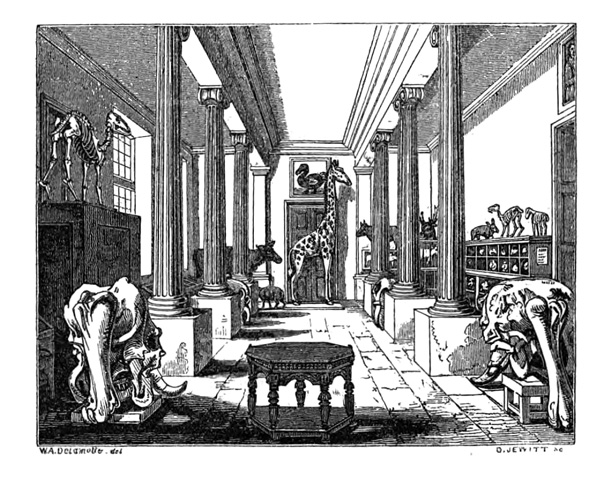 An engraving of the 'Old Ashmolean' entrance gallery in 1836
An engraving of the 'Old Ashmolean' entrance gallery in 1836The picture here shows a giraffe occupying the ground floor of this building in 1836. The gallery offered a presentation of ‘natural theology’ created by John Shute Duncan (1769-1844) and Philip Bury Duncan (1772-1863), brothers and Keepers of the museum during the first half of the 19th century. This was intended to show the ‘divine manifestation of God’.
In 1860 the Museum of Natural History opened in Parks Road and the ‘Old Ashmolean’ natural history collections were relocated there. A little later, in 1894, the Ashmolean itself moved to its current location on Beaumont Street where it now focuses on the University's art and archaeology collections. This building, after a few changes of use, became the Museum of the History of Science in 1924.
